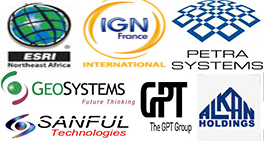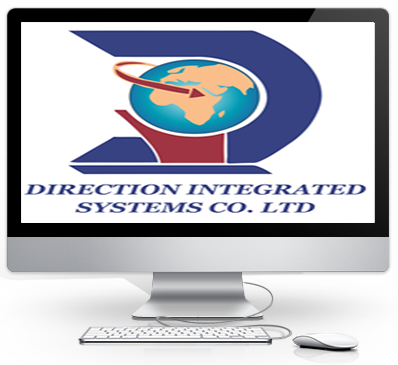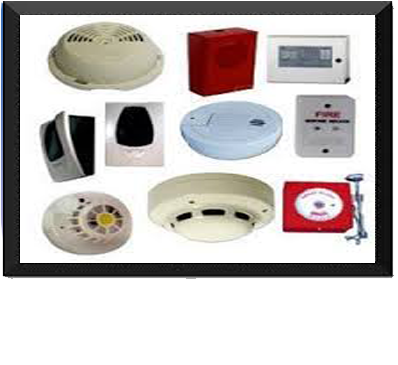Geographic Inforamtion Systems(GIS)
A geographic information system (GIS) lets us visualize, question, analyze, and interpret data to understand relationships, patterns, and trends.
GIS benefits organizations of all sizes and in almost every industry. There is a growing interest in and awareness of the economic and strategic value of GIS
Why GIS?
GIS is widely used to optimize maintenance schedules and daily fleet movements. Typical implementations can result in a savings of 10 to 30 percent in operational expenses through reduction in fuel use and staff time, improved customer service, and more efficient scheduling. GIS helped the City of Woodland refine its fleet scheduling, saving fuel and labor
Better Decision Making
GIS is the go-to technology for making better decisions about location. Common examples include real estate site selection, route/corridor selection, evacuation planning, conservation, natural resource extraction, etc. Making correct decisions about location is critical to the success of an organization. This GIS-based disaster decision support system helps Taiwan plan for and respond to typhoonsCost Savings from Greater Efficiency :GIS-based maps and visualizations greatly assist in understanding situations and in storytelling. They are a type of language that improves communication between different teams, departments, disciplines, professional fields, organizations, and the public.
Better Record Keeping :Many organizations have a primary responsibility of maintaining authoritative records about the status and change of geography. GIS provides a strong framework for managing these types of records with full transaction support and reporting tools. ROI on Montana's GIS-based statewide cadastral system is more than $9 million annually.t
.
Direction GIS Services
Latest Project
Using ArcGIS Runtime for Windows Mobile

We are trying to update attribute data of features and somehow the geometry gets also updated when we save the changes to the mobile cache and synchronize them back to the database.
Testimonials
“By using GIS to more efficiently bring information together, transportation planners are in a better position to review, analyze, and understand the problems they are addressing. This efficiency can save time and money, and can lead to improved decisionmaking. ”
Our Partners







